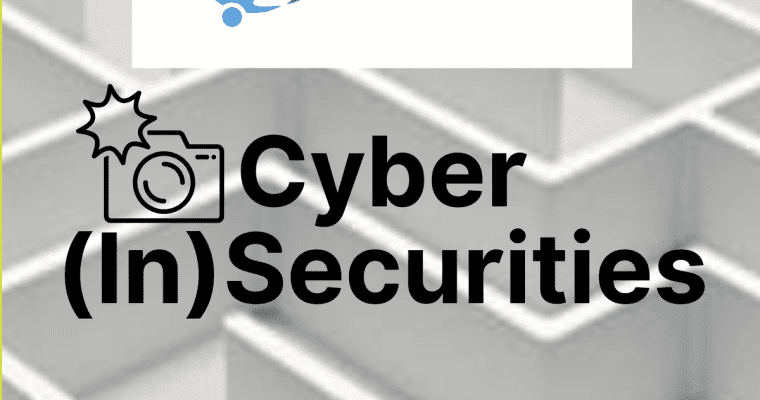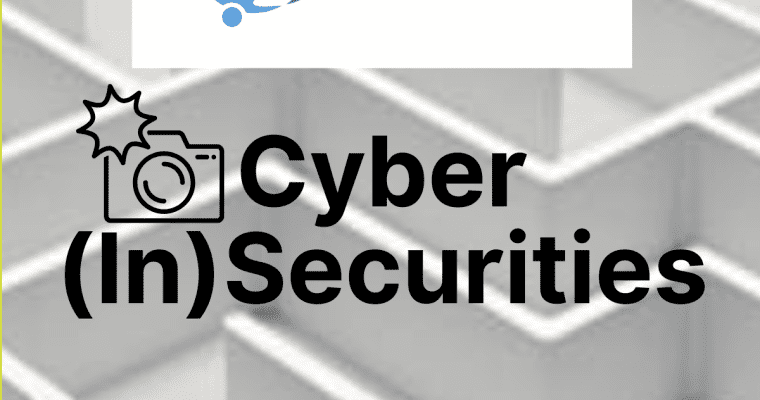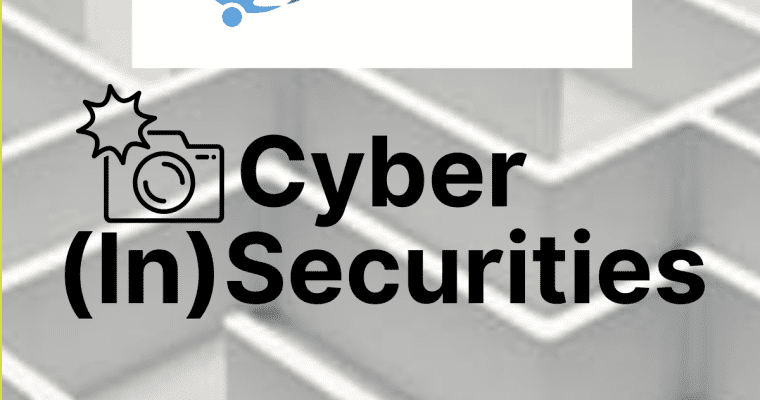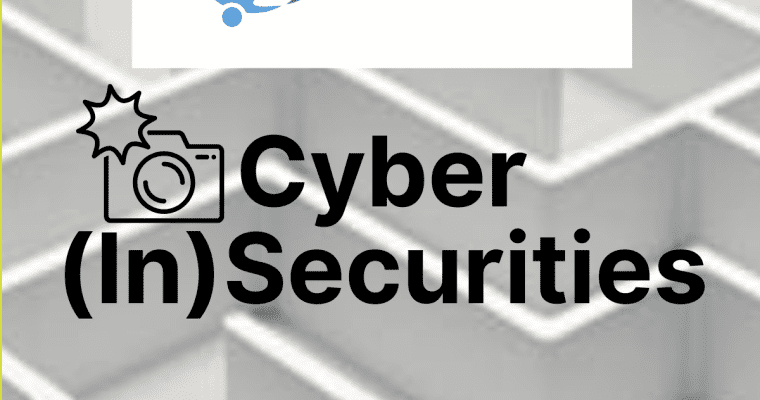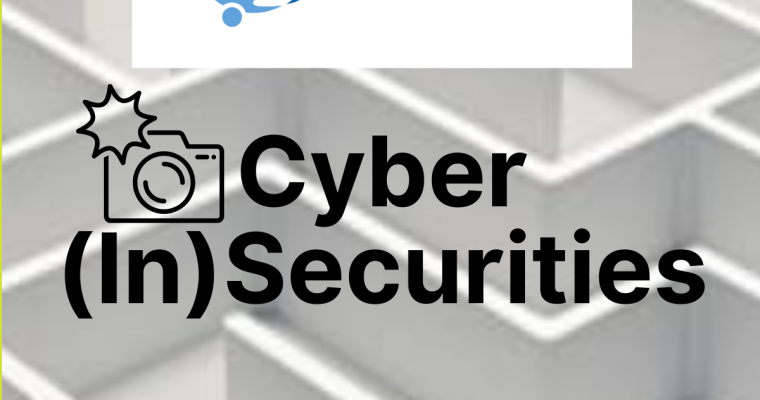Cyber (In)Securities – Issue 161 – Snapshot Edition
Cyber (In)Securities – Edition 161: Qantas Data Breach, AI-Powered Phishing, and Global Cybersecurity Shifts In this week’s Cyber (In)Securities, we spotlight the Qantas Frequent Flyer breach that affected over six million users. While financial data may not have been exposed, the compromise of travel patterns, …
